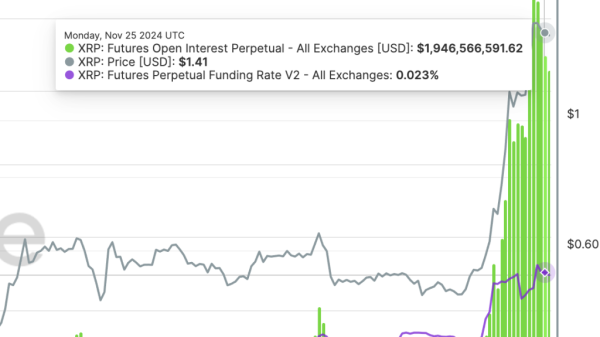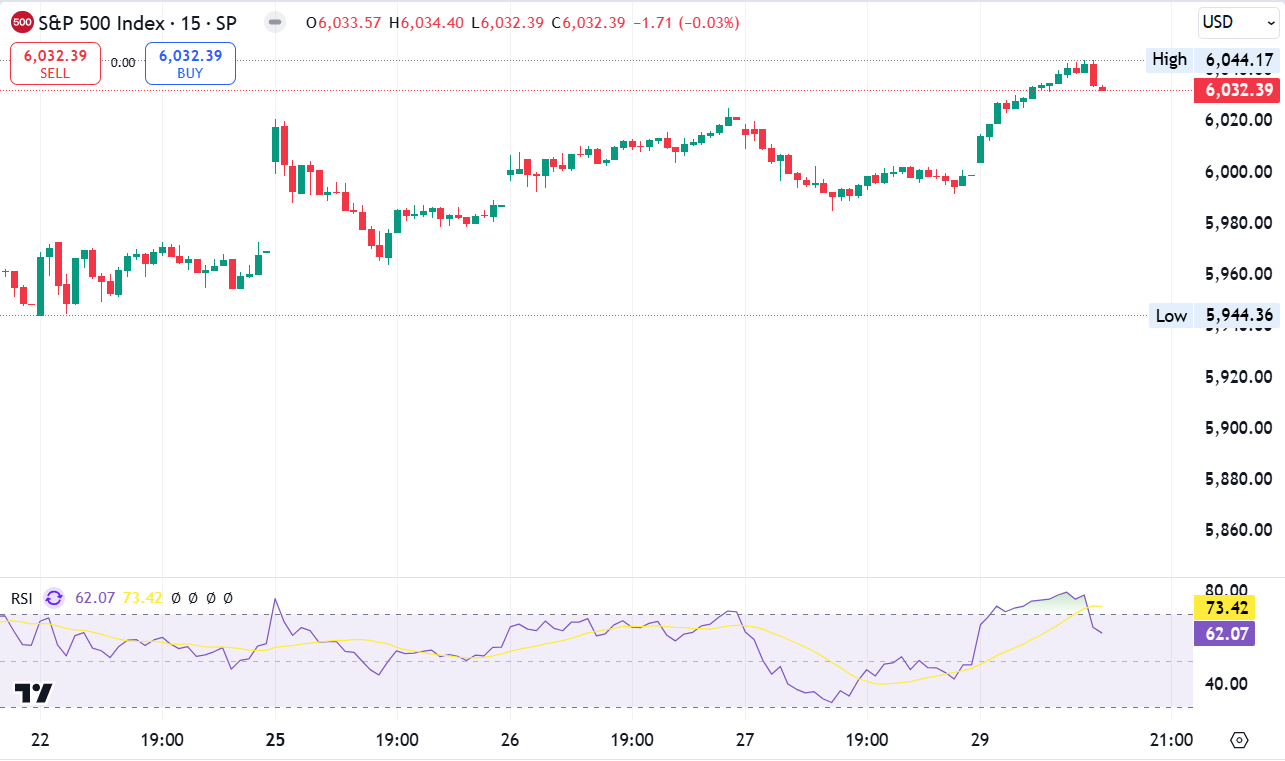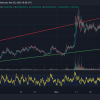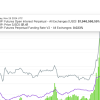As global stock markets continue to fluctuate, providing a robust and timely analysis of the factors driving these changes remains critical. This article leverages insights derived from an article published on financebrokerage.com, highlighting the dynamics affecting the stock futures markets, with a specific focus on the S&P 500 futures’ 0.18% downturn.
First and foremost, it’s essential to dive into the depths of the stock futures market to understand its seismic influence on both Wall Street and main street. Stock futures offer a reliable forecast into companies’ market expectations, essentially allowing investors to speculate or hedge against the companies’ anticipated market performance.
Recently, market analysts spotted a dip in the S&P 500 futures, specifically a 0.18%, which is a crucial indicator of a shifting investing environment. The S&P 500 futures commonly serve as a barometer for the overall health and expected performance of the top 500 companies in the US. This particular dip, even though minor, could signal a change in stocks’ future performance, reflecting broader market factors at play, including investor confidence, international trade issues, geopolitical events, and economic data.
One main determinant leading to the reduction of S&P 500 futures was a heightened level of caution among investors as they approached the ongoing earnings season. This tactical approach is typical as investors often prefer to wait and assess quarterly financial results before making significant moves, a phenomenon known as earnings reaction.
On another note, global concerns like the resurgence of Covid-19 and resulting lockdown measures are ongoing threats to the stability of the stock futures market. These public health issues can impact everything from the supply chain to consumer spending, further contributing to market volatility.
Couple this with ongoing geopolitical tensions between the US and China, focusing on technology and trade issues, and the uncertainty in the market becomes even more apparent.
Lastly, the overall economy’s health plays a significant role in shaping the S&P 500 futures. Recent employment data in the US, coupled with the projected GDP figures, has raised further anxiety surrounding an economic recovery’s pace and sustainability. This apprehension is affecting market confidence, as evidenced by the downtick in the S&P 500 futures.
In conclusion, the recently observed 0.18% decline in the S&P 500 futures might seem inconsequential at first glance. However, understanding the myriad of factors that contribute to this dip paints a broader picture of an ever-changing investing ecosystem. From caution due to the upcoming earnings season and external threats like global health crises, to geopolitical tensions and economic woes, the stock futures market is in a constant state of flux, punctuated by these minor yet significant changes.






























